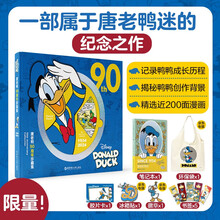










《欧盟概览》讲述了欧盟是如何以及为何由最初的6国发展至现在的27国,从而成为欧洲国家经济和政治利益的代言人的?欧盟的主要机构是如何运作的?欧盟在国际事务中有何影响?欧盟的明天又将如何?作者用平实的语言剖析了这些复杂的问题,带领读者走进欧盟的昨天、今天与明天。
While peace among the member states remained at the heart of theCommunitys purpose, from the second half of the 195os a largecommon market became the focus for its action. The strength of the USeconomy was a striking example of the success of such a market; theGermans and the Dutch wanted liberal trade; and the French acceptedthe common market in industrial goods provided it was accompaniedby the agricultural common market that would favour their ownexports.The idea of a large common market had a dynamic that enduredthrough the subsequent decades, because it reflected the growingreality of economic interdependence. As technologies developed, andwith them economies of scale, more and more firms of all sizes neededaccess to a large, secure market; and for the health of the economyand the benefit of the consumers, the market had to be big enough toprovide scope for competition, even among the largest firms. So as theEuropean economies developed, the EECs original project, centred onabolition of tariffs in a customs union, was succeeded in the 198os bythe single market programme, then in the 199os by the singlecurrency.
……
前言
缩略语
加框文字目录
图表目录
插图目录
地图目录
第一章 欧盟是干什么的?
第二章 欧盟是如何建成的?
第三章 欧盟是如何治理的?
第四章 单一市场、单一货币
第五章 农业、地区、预算:得失的冲突
第六章 社会政策、环境政策
第七章 “一个自由、安全与公正的区域”
第八章 一个民事大国:是耶,非耶?
第九章 欧盟与其他欧洲国家
第十章 欧盟与世界
第十一章 尚算圆满,但今后如何?
其他参考材料
年表(1946--2000年)
名词解释
译后记